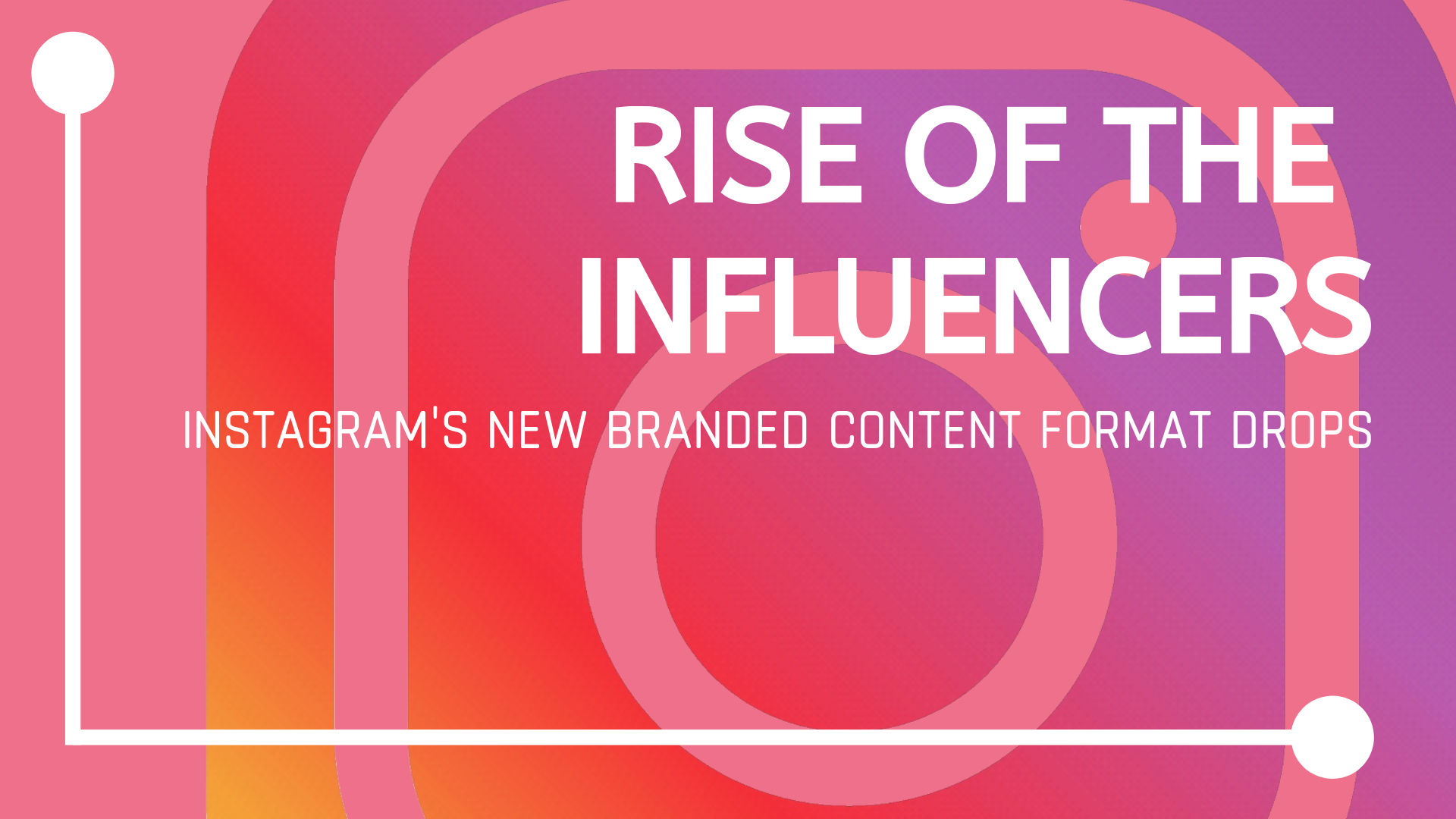Over the past few years, the internet has seen the rise of a particular breed of social media user – the “influencer”. And digital marketing pros, as they do, were quick to catch on to the opportunities presented by those who demonstrated their reign over social media. Brands have been paying well-known Instagram users for years now, asking them to promote their products with a review that their followers trust. This year alone has seen the industry morph into a $2 billion market.
Despite all this, there’s been a gap in the market for as long as it has existed. Instagram could only show these sponsored posts to influencer’s followers – no more and no less. Instagram ad campaigns have been employing different influencers to corner their respective markets, but there is only so far that a sponsored post go, especially considering the ever-shifting waters of the worldwide Instagram Feed. Unless you’re a Kardashian – those posts tend to make news.
In an effort to let brands reach beyond the pool of a particular influencer’s follower count, as well as to extend the brand partnerships to more creators on the platform, Instagram has released a new branded content ad format that companies can use to boost the influencers’ posts instead of just the other way around.
A Change to the Process of Sponsorship
This evolution was actually a long time coming. Instagram has carved out its place as a battleground for advertisers to duke it out for visibility, especially following Facebook integration. However, most of the sponsored content for influencers was managed through a fairly informal process. Some creators had access to a brand content partnership program. But for most influencers, direct communication with a brand was necessary to set up a sponsored post. Once this post made it to the blogger’s feed, it would simply be marked with #sponsoredby or #ad tags to indicate the advertisement.
The Beginnings of Sponsored Content
Courtney Quinn, a vibrant Instagram star with a message of curves, curls and confidence, spoke about how she manages her collaborations with brands for her account.
“I think people think blogging is really glamorous and it’s not a lot of work, but it is. I always explain it like an iceberg – all you see is the tip, but there’s so much work underneath the iceberg that goes into it that you would never see.”
Courtney Quinn
(@colourmecourtney)
In between scouting locations for her latest post and editing photos to create the quality content her followers have come to expect, Quinn works hard to find brands who want to work with her. This means creating posts that satisfy a brand’s aesthetics while maintaining her hard-won personal branding. She spoke about her “pitch deck”, a media kit designed to introduce her brand to advertisers for the purpose of collaboration.
“Be creative, be innovative, be yourself. As a blogger, you are responsible for building your own brand, so the best thing you can do is to set yourself up with all of the tools you’ll need to truly sell yourself.”
Now that the branded content ad format has been added to Instagram’s ranks, the process for Quinn, and all of the others like her, will be seeing some alterations.
How the New Branded Content Ads Format will change Instagram
“Branded content ads” are Instagram’s new way of creating a more formal relationship between advertisers and creators. Parent company Facebook has a highly formalised process for advertising, and now it’s leaking over.
This new ad format will appear on feeds much like any other sponsored post, apart from one key difference: you don’t have to follow the influencer to see the ad. Brands can now collaborate with any influencer through the new partner program and boost an influencer’s posts to an audience beyond the chosen influencer’s followers, much like normal advertisements.
According to Ashley Yuki, a product management lead with Instagram, these ads have been in beta since last year, and have demonstrated success when compared with organic sponsorships.
“Brands that are seeing [that] this branded content ad product sometimes helps overcome challenges they have with organic branded content. [They are] exploring ways that brands can amplify branded content.”
Ashley Yuki
What You Should Know
If you are a business – it’s time to hop on the social media bandwagon. Instagram has over 1 billion daily users that could be exposed to your products and services, so the advertising opportunities are practically endless. Gaining permission from a creator to utilise their account is a way of expanding your reach, even more so now that branded content can be boosted like an advertisement.
Keep in mind that this is an additional strategy to advertising on Instagram – you can incorporate both branded content ads (think of them as sponsorship posts but boosted) and Instagram advertisements into your campaign.
If you are a creator – make yourself available! All Instagram accounts can post branded content, and it will be clearly demarcated as a sponsored post. Your brand will be marketed to followers beyond your current breadth, so it’s an excellent way to build your personal brand. Keep in mind that the companies you choose to collaborate with will indicate to those who see the post what kind of creator you are, so be strategic in your choices.
Keep up to date with the latest on the world wide web.
Our Pure SEO newsletter is sent directly to your inbox every week, and you can get the latest turnings of the InterWebs broken down into plain English! Subscribe now, and don’t miss out.

